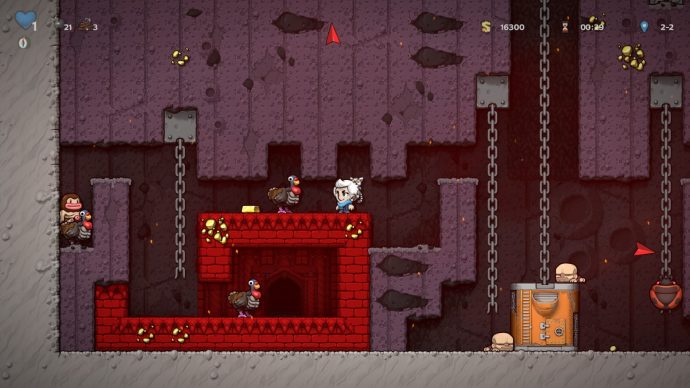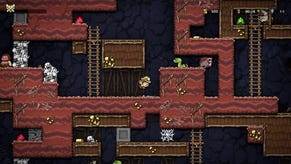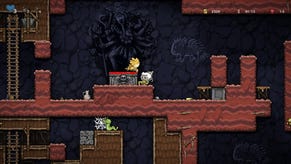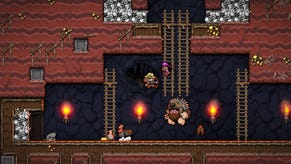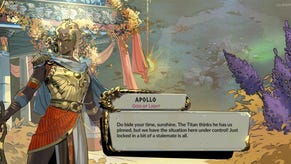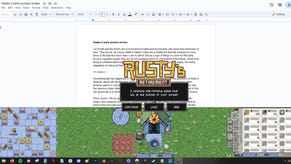Spelunky 2's seeded runs make it feel like an entirely different game
Infinite do-overs
DEF48750. A magical code which has completely changed the way I play Spelunky 2 after over a hundred hours.
If you can unlock 12 characters in platformer roguelike Spelunky 2 (on top of the four you start with), then you will also unlock seeded runs. A seeded run lets you type in an eight character code from a limited selection of letters and numbers, and play the set of procedurally generated levels that follow.
More importantly, it lets you play that set of procedurally generated levels over and over again. Spelunky 2 and its predecessors are permadeath games; under normal circumstances, you die and never see the exact set of levels ever again. Seeded runs change that and change the entire feeling of playing the game as a result.
DEF48750, then. Enter this seed and its merits will be obvious within the first ten seconds of the first level when you open a crate and find a shotgun inside it. Finding a shotgun for free in Spelunky is like winning the lottery; finding a shotgun for free on a seeded run is like realising you'll win the lottery every time you buy a ticket. The rest of the seed is great, too: easy pets and ghost jars, plentiful money, a free hoverpack on 1-4, shops containing spike shoes and climbing gloves, decent access to Vlad's hideout, and on and on. It's not enough to make the game easy - Spelunky 2 is never easy - but it fixes the odds a little more in your favour.
This is what I expected from seeded runs. What I didn't expect was how different playing the game this way would feel.
As I've played Spelunky 2 more, I've found myself finding a stable groove in how to play. I make the same choices about what routes to take, what items to buy, when to start ignoring jars, on every single run. I make these seemingly optimal choices each time because it's too risky to do anything else. This is a game in which smashing a jar might give you a gem, or it might drop a poison scorpion at your feet that can trigger the end of your run. It's wise to be conservative.
That's not the case when I know that I can play a level over again even if I die. Here's an example: I'd never bother rescuing the turkeys which roam on some world 1 levels normally, because the treasure you can get for doing so is rarely worth it. I'll always do it in a new seeded run however, because learning what the treasure is, is information that will shape every subsequent attempt at the same seed. Exploring has far more value than it normally would.
Then, once I've explored a good seed thoroughly, something else unusual happens: I start to optimise, not to be conservative about what I don't know, but to be efficient with what I do. Optimal Spelunky 2 play often feels like it's about avoiding risks, whereas optimal seeded play is about speed. I know where every enemy is, I know where they'll be at 43 seconds into a run, I know what order to gather pets and ghost jars, I know where to go to rescue Van Helsing. I'm not good enough to be a real speedrunner, not by miles, but it feels good to play such a hard game with supernatural foresight of every obstacle and enemy.
What's left is to use these seeded runs to solve Spelunky 2's deeper mysteries. This is a game packed with secrets, in which the game's real ending can only be reached by completing a particular set of optional challenges in a particular order. It's ridiculously difficult to do and I will likely never accomplish it, but the seeded runs at least make me feel like I've got a chance.


